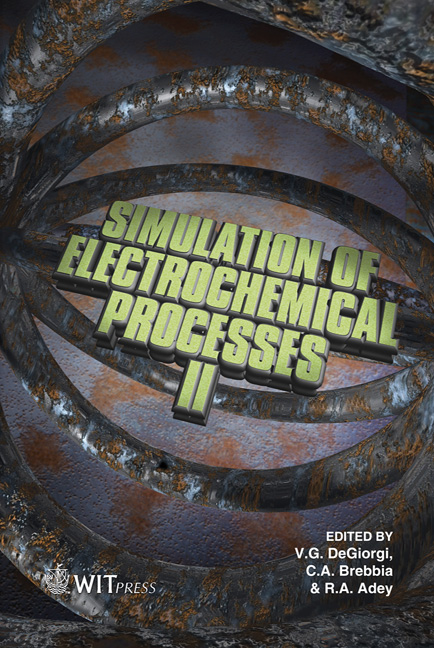Corrosion Detection By Multi-step Genetic Algorithm
Price
Free (open access)
Transaction
Volume
54
Pages
10
Published
2007
Size
458 kb
Paper DOI
10.2495/ECOR070291
Copyright
WIT Press
Author(s)
K. Amaya, M. Ridha & S. Aoki
Abstract
A multi-step genetic algorithm is developed to eliminate the limitations of the inverse analysis method for detecting the corrosion profile on the steel matrices from a small number of potential data on the concrete structure. The corrosion profile represents the the number, locations and shapes of plural corrosion parts on the steel matrices. It was modeled into a binary string which is defined by discretizing the steel matrices into a suitable number of segments using a certain resolution. Each segment is encoded by one binary bit. A tree structure is employed in the multi-step genetic algorithm and the examination is localized for root and each branch. By this approach, we can avoid a long binary string that is required to encode the segments when a large examination area is discretized using a required resolution. Hence, for each step of examination, the standard genetic algorithm can be locally applied and performed efficiently. We demonstrate the effectiveness of the proposed method using an example of numerical simulation. 1 Introduction Detection of reinforcement corrosion in the early stage is important to reduce maintenance cost and increase the durability of the concrete structure [1]. The boundary element inverse analysis [2] has been introduced to estimate the locations and sizes of plural corrosion in the concrete structure by modeling them into a set of unknown parameters. The inverse analysis was carried out by minimizing the cost-function using a down-hill simplex method. However, a such method required to predetermine the number and shapes of plural corroded parts. In addition, some difficulties were occured related with an appropriate initial guess of the set of unknown parameters.
Keywords





